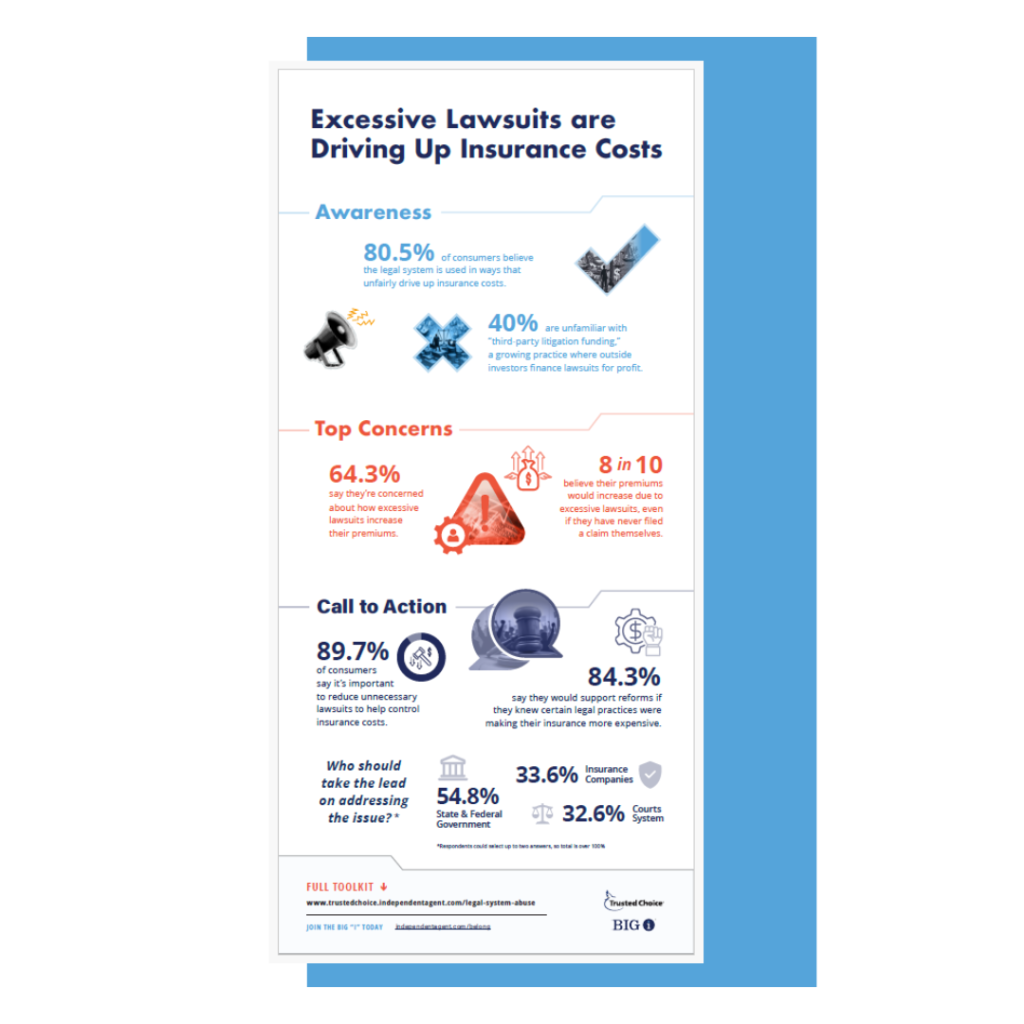The Pressure to Get Bigger
A serious problem has been created by the misuse of the word “volume.” When companies say they want more volume, agency owners form clusters to “give” companies more volume. As a result, the company is no better off and arguably worse because now the cluster may have some leverage and may qualify for more profit sharing, and the company does not get a dime for better results. But, they got what the requested.
Author: Chris Burand Being the owner of an average independent insurance agency can be fun but maybe not as fun as it used to be. Agents are feeling considerable pressure to grow, to compete harder, to advertise more, to offer more services, and to invest more in their futures than ever. The days of building an annuity type business and then sitting back, taking company trips and making golf course sales are bygone. The demands for more, more, more of everything creates insecurity, anxiety, sometimes paralysis, and often frustration. Another result I am seeing frequently is more business mistakes. The pressure to get bigger and perform at higher levels more consistently is causing agencies to make significant, occasionally fatal, mistakes. Any time someone tries harder more mistakes should be expected. To paraphrase the well-known quote, “How do I define a mistake free day? As a day I didn’t try hard.” Congratulations to all those people making mistakes because they are trying hard. Some mistakes are better than others though. One bad mistake being made with some regularity is how agencies are focused on getting bigger for bigger’s sake. I’ll be clear. Bigger is absolutely not, in and of itself, better. Bigger without quality is just a bigger disaster finding a place to happen. Bigger requires more quality because by definition, bigger agencies will have more pieces and people, more to go wrong, so if quality systems are not built in front of size occurring, failure is far more likely. Not the right kind of mistake to make. Companies and agencies are focusing on bigger partially because they are both making a huge communication error, internally and externally. Both are using the term, “volume” when they really mean “growth.” I consult for insurance companies, clusters, and agencies and I see all of them making this mistake. Even at the highest levels I see executives and leaders making this mistake. I hear these people saying they need more volume from agents when what they really mean is they need more growth. More volume is the result of more growth but volume comes second. Volume is denominated in dollars. Growth is denominated in percentages. The terms are not, whatsoever, interchangeable. Think of a cow. The stockyard says it needs a 1,000 lb. steer in six months. A 1,000 lb. steer does not just materialize. The rancher begins with a calf and grows the calf to 1,000 pounds. The pounds are the volume. The speed with which the calf gains weight is growth. A company may say it wants more volume but volume does not just materialize either (though I truly am not sure some company people understand this because some seem to think agents can just snap their fingers and place $1 million volume whenever they want). Volume is created by growing sales, one sale at a time. A serious problem has been created by the misuse of the word “volume.” When companies say they want more volume, agency owners form clusters to “give” companies more volume. Agency A with $1 million with Company Z, Agency B with $500,000 with Company Z, and Agency C with $750,000 with Company Z form a cluster and “give” Company Z $2.25 million in volume. $1 million goes to $2.25 million with three signatures and the changing of agency codes. The agencies gave the company volume, exactly what the company requested. The company obviously is no better and arguably worse because now the cluster may have some leverage and may qualify for more profit sharing, and the company does not get a dime for better results. But, they got what they requested. Agency owners are “solving” their “volume” problem but not their growth problem. Companies need growth regardless of their volume today. The reason is because surplus is at an all-time record. Based on the official books, this industry has never had so much surplus. In some ways and in some markets, not enough business exists to absorb all the surplus. Ignoring the solutions of giving surplus back to shareholders or mutual policyholders, wasting the money on acquisitions, or throwing amazing parties, the only way a company can use the surplus is to grow premiums more quickly. Insurance companies today are not that different from private equity. Private equity gets to lock up investor funds for so long and if they do not use that money on acquisitions, they need to give it back. Since they’re paid for investing the money, some might have a conflict of interest since investing in bad acquisitions might pay better than returning investor funds when good acquisition targets do not exist. A cluster never solves the growth problem. Put a bunch of agents that cannot grow on their own in a cluster and odds are growth will deteriorate even more because now with “volume” they feel less pressure to grow. Over and over I see clusters creating complacency but they give the companies “volume.” Sooner or later companies will finally figure out they have been asking for the wrong results. I am already seeing isolated instances where they are cancelling contracts. For agency owners who absolve their completely understandable fears by joining clusters for volume’s sake, the comfort is false, kind of like alcohol – good while it lasts. The situation really is no different for agencies buying other agencies. They give the carriers volume but not growth and my data shows their actual growth goes to zero or worse too. Take four agencies that cannot grow on their own forming a cluster for volume’s sake. They will represent more companies than they did when on their own but the total volume does not change. Best Practices and every study I’ve seen for 25 years shows that agencies with too many companies grow more slowly and are less profitable. Less growth and profit result in a lesser agency value. I really do feel for agency owners in this tumultuous time of companies demanding ever more and using the wrong language in their demands. Because surplus is so high, they need growth and they want the same growth rate, the same growth percentage whether the book is $500,000 or $5,000,000. This is because they need X% growth on their total book. This leads to more mistakes in their communications. Think about the $2.25 million cluster example. They could not grow on their own but they did not need to grow that much either because their books were small. 5% on $500,000 is only $25,000. But 5% on $2.25 million is $112,500. How much is each of the four going to contribute to that requirement? In the face of pressure, mistakes are made. Doctors have to be sure they treat the illness and not the symptoms. The one mistake to not make is treating the symptom, inadequate volume, as the illness. The illness is lack of growth. Growth cures the volume. Related Article from Chris: “Is Bigger Better?” Chris Burand is president of Burand & Associates, LLC, an insurance agency consulting firm. Readers may contact Chris at (719) 485-3868 or by e-mail at chris@burand-associates.com. NOTE: None of the materials in this article should be construed as offering legal advice, and the specific advice of legal counsel is recommended before acting on any matter discussed in this article. Regulated individuals/entities should also ensure that they comply with all applicable laws, rules, and regulations. Copyright 2015 by Chris Burand. Reprinted with permission. Last Updated: February 2015 |









